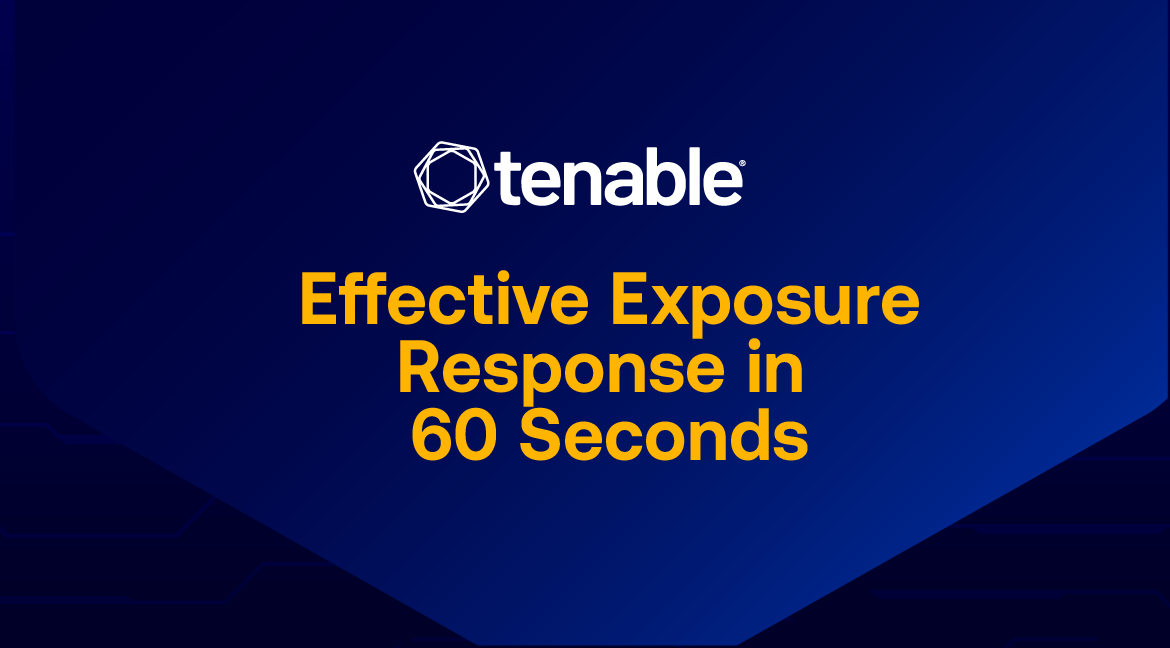Comprehensive, action-oriented workflows and key metrics are the cornerstones of a successful exposure response program. Here’s what you need to know.
In today’s fast-paced digital landscape, managing vulnerabilities is essential — but it’s about more than identifying weaknesses. Effective vulnerability management requires prioritizing and addressing risks in ways that drive security improvements and prevent major exposures.
Exposure response strategies support this goal, delivering workflows that go beyond traditional risk scoring, enabling teams to prioritize vulnerabilities, set goals and track service level agreements (SLAs) by owner — ensuring a true end-to-end remediation process. Tracking progress by SLA compliance rather than by cumulative risk scores or vulnerability counts ensures accountability.
The golden metrics for exposure response workflows
Effective exposure response focuses on three "golden metrics" that every remediation workflow should track for maximum impact:
- Vulnerability age: This is the age of your unresolved vulnerabilities.
- Mean time to remediate (MTTR): Measures how long your vulnerabilities remain open.
- Percentage of vulnerabilities remediated: Reflects the scope of remediation efforts and the team’s overall effectiveness.
Tracking these indicators is essential for prioritizing and resolving vulnerabilities that matter most.
For a deeper dive, watch the video below, where we break down each metric’s importance in exposure response workflows.
Image may be NSFW.Clik here to view.

Learn more
- Read the blogs:
- If You Only Have 2 Minutes: Best Practices for Setting Exposure Response SLAs
- If You Only Have 3 Minutes: Key Elements of Effective Exposure Response
Clik here to view.

